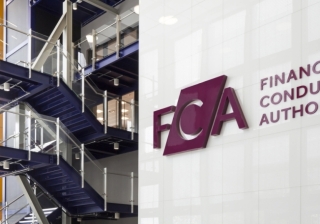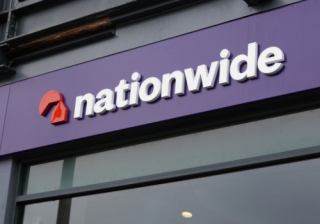Rethinking second charge lending
Sometimes relatively small innovations can change the way you think about using a whole category of product – creating a new solution built on familiar foundations. And this is why I’m so excited that Brightstar Financial has partnered with Selina Finance to provide semi-exclusive distribution of the lender’s overdraft-style lending facilities.

"This approach can also be used by property investors who want to make use of the capital to leverage and grow their portfolios, and it can provide a business credit facility"
At its core, Selina Finance is a second charge mortgage lender. But by offering pre-approved facilities where borrowers can draw and repay funds whenever they choose, rather than taking a loan as a lump sum, it offers brokers a more flexible way of helping their clients to meet their funding objectives.
For example, for a client looking to make home improvements, the flexible facility can enable them to pay for the initial cost of materials upfront and then draw additional funds as and when the payments are due to contractors. Or it could be used as a means of paying school fees – with a large facility secured against a property and only drawn on when the fees are due. Similarly, with a major life event like a wedding, where costs will be spread over a period of time, this approach to second charge lending can save money on interest costs as the money is only taken when it is needed, and this can be very appealing for borrowers – changing the way they think about using a second charge mortgage.
This approach can also be used by property investors who want to make use of the capital to leverage and grow their portfolios, and it can provide a business credit facility, providing everyday working capital or funds for expansion. Here’s an example of how it could be used, as provided by the lender.
The owner of a coffee shop has a secured line of credit with a £50,000 limit. He wants to expand his shop, so draws £10,000 from the secured line of credit to buy a new coffee machine.
The next month, thanks to the new machine, sales at the coffee shop have doubled so the owner pays back £2,000 into the secured line of credit.
In the second month, with business still booming, the owner decides to hire some new staff to help out, drawing an extra £4,000 from the secured line of credit to pay for their salaries.
This means that, in total, he has drawn a balance of £12,000 from the secured line of credit and still has access to the remaining £38,000. At the same time, the owner is only paying interest on the £12,000 outstanding.
With a product like this, borrowers can draw and repay funds whenever they choose, without incurring additional fees or penalties and only paying interest on the amount that is outstanding. It is worth noting that after the first five years, the outstanding balance on the revolving credit facility reverts to a traditional second or third charge for the remaining term. But this simple innovation to provide an initial credit facility rather than a lump sum loan should broaden the appeal of second charge lending to many new customers.
Breaking news
Direct to your inbox:
More
stories
you'll love:
This week's biggest stories:
FCA
Firms required to report complaints involving vulnerable customers under simplified FCA rules

FCA
FCA sets out timeline for mortgage rule changes

Santander
Santander joins mortgage price war with new rates from 3.51%

Inflation
Bank of England set to cut rates as inflation falls to eight-month low

This week's biggest stories:
FCA
Firms required to report complaints involving vulnerable customers under simplified FCA rules

FCA
FCA sets out timeline for mortgage rule changes

Santander
Santander joins mortgage price war with new rates from 3.51%

Inflation
Bank of England set to cut rates as inflation falls to eight-month low

Nationwide
FCA fines Nationwide £44m for inadequate financial crime controls

FCA
FCA announces new measures to support growth of mutuals sector
